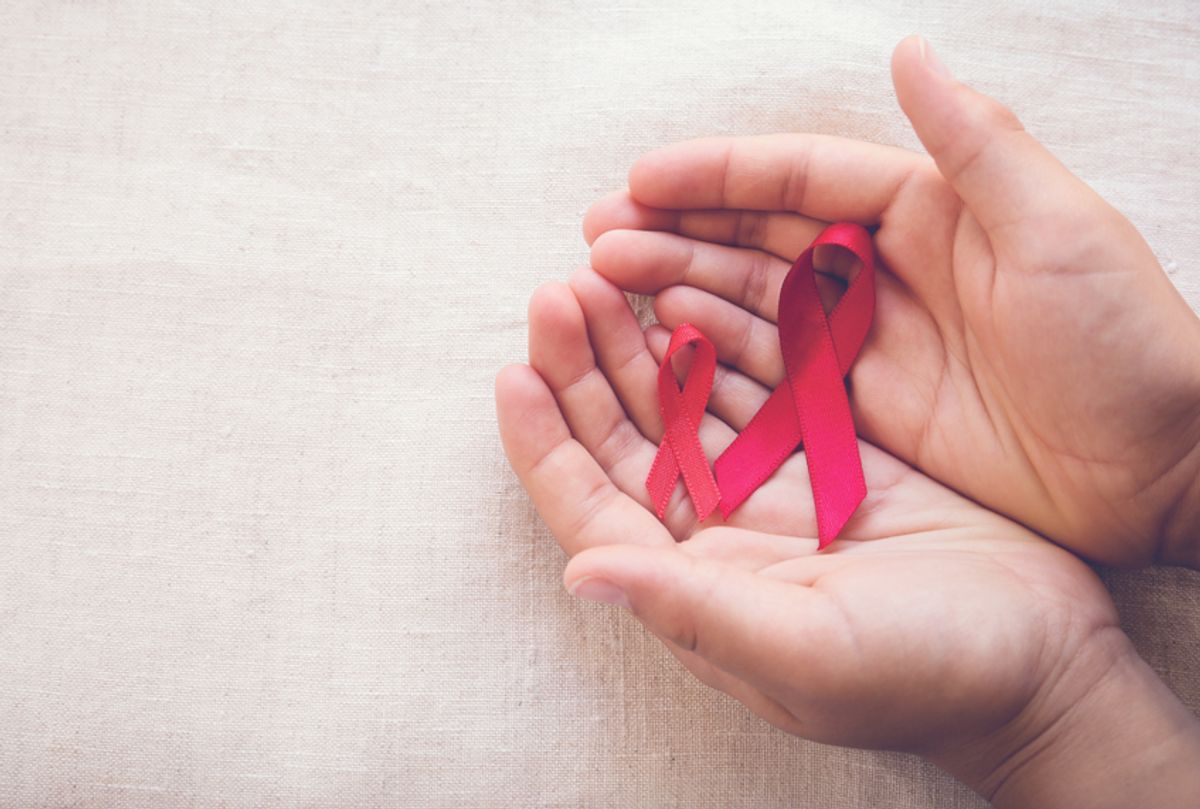While the idea of a vaccine for HIV has been a decades-long goal for public health researchers, recent advances in HIV research mean that the future is brighter than ever for those who are HIV positive.
This week, a study published in Nature reported that a second person, an anonymous patient in London, had been cured of HIV after receiving a stem-cell bone marrow transplant. While such a procedure is far from cost-effective, new research indicates that scientists are making steady progress on the maneuvers in which medicines are used, and available, to fight the epidemic.
Meanwhile, research released at the Conference on Retroviruses and Opportunistic Infections found that, in two trials that involved more than 1,000 patients, monthly injections of long-acting H.I.V. drugs proved as effective as daily pills at suppressing the virus.
“The combination is paradigm shifting,” Chloe Orkin, an HIV researcher at Queen Mary University of London, who reported the trial findings, told the journal Nature. “Instead of being reminded that you have HIV 365 days a year, it’s reduced to just 12,” she says. “That gives people a kind of freedom.”
The drugs that were tested with the clients were cabotegravir and rilpivirine, and they are the first long-acting antiretroviral HIV medicines to be developed. Researchers hope they will help ease some of the biggest challenges they face in the fight against HIV, which include ensuring people take the drugs consistently to prevent the virus from replicating in their cells. A missed dosage also puts a patient’s sexual partners at risk.
As Nature explains, the injection works like this: “The antiretroviral injections tested in the trials include a mixture of cabotegravir and rilpivirine, which each block HIV from replicating but in different ways. The medicines remain in the body’s tissues and leach out over weeks. The combination was developed by ViiV Healthcare, a drug company in London that was spun off from pharmaceutical giants GlaxoSmithKline and Pfizer.”
ViiV and other groups are conducting trials to see if these injections can prevent HIV transmission as well. Pre-exposure prophylaxis (PrEP), a daily pill that is often offered for free or reduced costs in certain cities, has been an effective preventative measure, but can be tough to sell to those who don’t have HIV, are burdened by the stigma, or aren’t able to take daily pills.
Injections could also be useful for those in communities where pills are inaccessible everyday, or stigmatized. For some women living in Africa, taking a pill can be very distressing due to the stigma.
Around 37 million people were living with HIV around the world in 2017, 1.8 million of which were new. While HIV is on the decline, health organizations globally have dedicated resources towards awareness and reducing new infections.
One researcher told Nature that the injectable could be more important than the stem-cell cure.
“To be honest, the reality is that long-acting drugs are infinitely more relevant than is the cure,” Anthony Fauci, director of the US National Institute of Allergy and Infectious Diseases in Bethesda, told Nature.



Shares